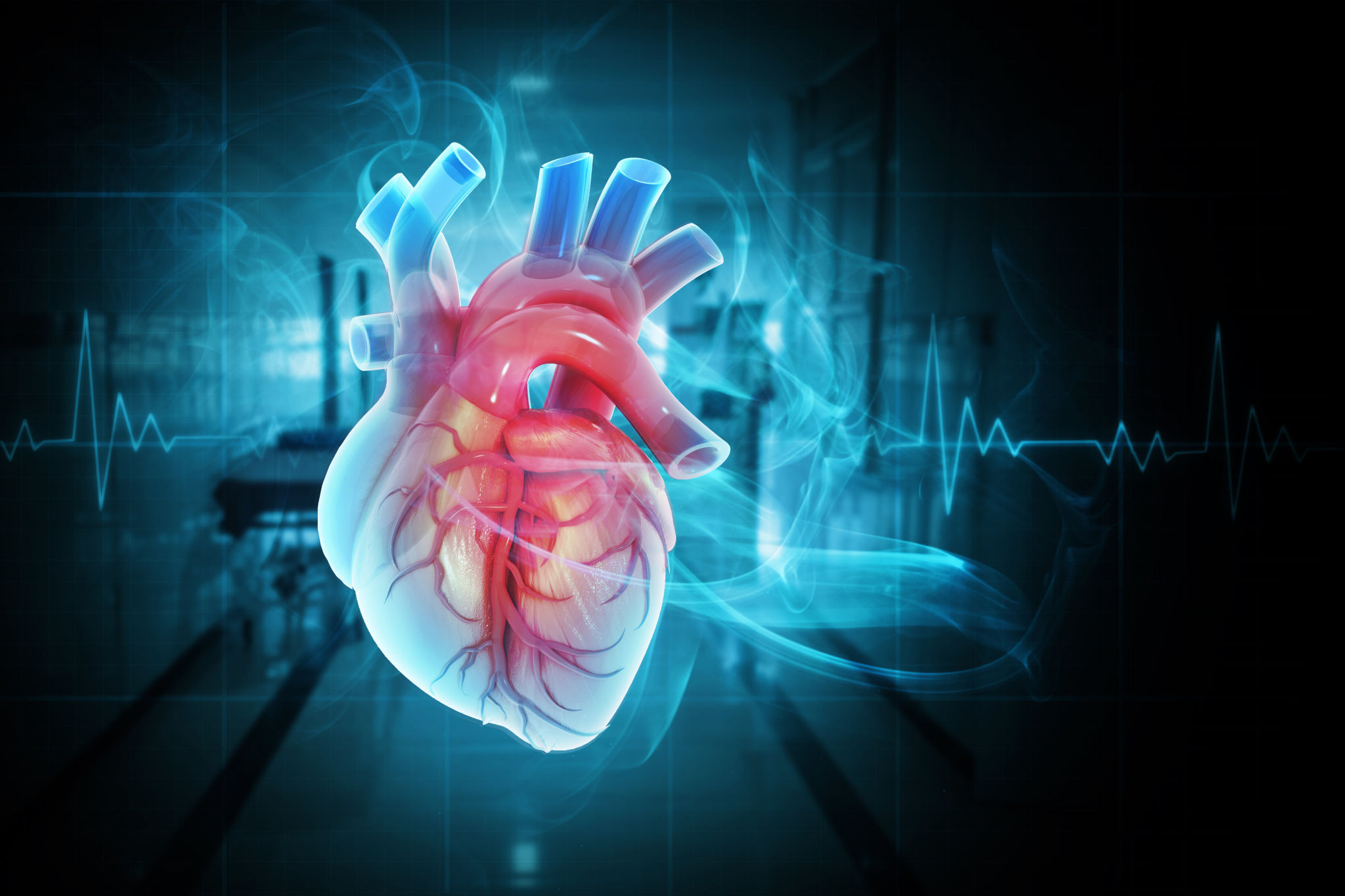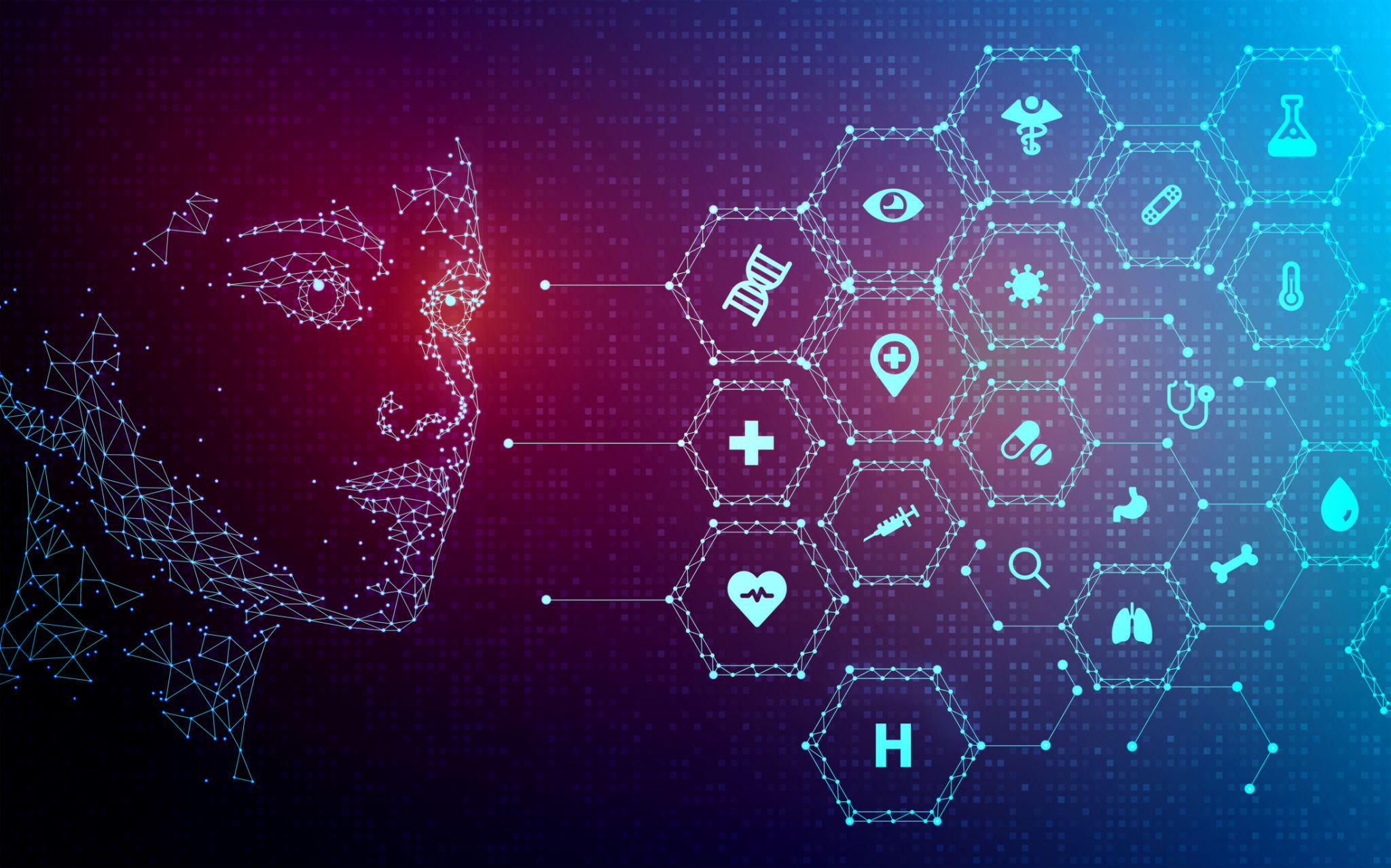The Role of Cardiac Muscle Organoids in Developing Future Therapies
Introduction to Cardiac Muscle Organoids
Recent advancements in biotechnology have led to the development of cardiac muscle organoids, which are miniature, simplified versions of human heart tissue. These innovative structures offer a promising avenue for understanding heart diseases and developing new therapies. Cardiac muscle organoids are derived from stem cells and mimic the physiological conditions of the human heart, providing researchers with a valuable tool for studying cardiovascular functions in a controlled environment.
Unlike traditional cell cultures or animal models, cardiac muscle organoids allow for more accurate modeling of human heart behavior, making them invaluable in the search for effective treatments. As researchers continue to explore their potential, cardiac muscle organoids are poised to revolutionize the field of cardiology.

The Science Behind Cardiac Organoids
Cardiac organoids are crafted using pluripotent stem cells, which have the ability to differentiate into various cell types. This technology allows scientists to generate three-dimensional heart tissue that closely resembles the structure and function of an actual human heart. By providing a more accurate representation of heart tissue, organoids enable researchers to study complex biological processes and disease mechanisms with greater precision.
The development process involves culturing stem cells in a specific environment that encourages them to grow into structured cardiac tissue. This process not only aids in understanding developmental biology but also offers insights into congenital heart conditions and potential therapeutic interventions.
Applications in Drug Testing and Disease Modeling
One of the most significant applications of cardiac muscle organoids is in drug testing. Traditional methods often fall short in predicting human responses, but organoids provide a more reliable platform for assessing drug efficacy and safety. Researchers can use these organoids to test how new medications interact with cardiac tissues, potentially reducing the risk of adverse effects in clinical trials.

Additionally, cardiac organoids are proving to be invaluable in modeling various heart diseases. By introducing specific genetic mutations or environmental stressors, scientists can replicate disease conditions such as cardiomyopathy or arrhythmias. This capability allows for a better understanding of disease progression and the development of targeted therapies.
Enhancing Personalized Medicine
The rise of personalized medicine aims to tailor treatments based on individual genetic profiles. Cardiac muscle organoids play a crucial role in this approach by allowing researchers to create patient-specific models. By generating organoids from a patient's own cells, doctors can predict how different treatments might affect that individual, leading to more effective and personalized therapeutic strategies.
This personalized approach not only improves treatment outcomes but also reduces the likelihood of adverse reactions, paving the way for more efficient and patient-centered healthcare solutions.

Future Prospects and Challenges
While cardiac muscle organoids hold immense promise, several challenges remain. The complexity of replicating the exact physiological conditions of the human heart is a significant hurdle. Researchers are continuously working on improving the structural and functional fidelity of these organoids to ensure they accurately mimic human heart tissue.
Moreover, integrating organoid technology into mainstream clinical practice requires overcoming regulatory and ethical challenges. Ensuring that these innovations are safe, effective, and ethically sound is paramount as the field continues to advance.
Conclusion
Cardiac muscle organoids represent a groundbreaking development in cardiac research and therapy. By offering a more accurate model of human heart tissue, they provide invaluable insights into disease mechanisms and treatment responses. As technology progresses and challenges are addressed, cardiac organoids are set to play an essential role in developing future therapies that are more effective and personalized.
The potential impact of cardiac muscle organoids on healthcare is immense, promising a future where heart diseases are better understood and treated with precision. As research continues to evolve, these tiny structures may well hold the key to unlocking cures for some of the most challenging cardiovascular conditions.